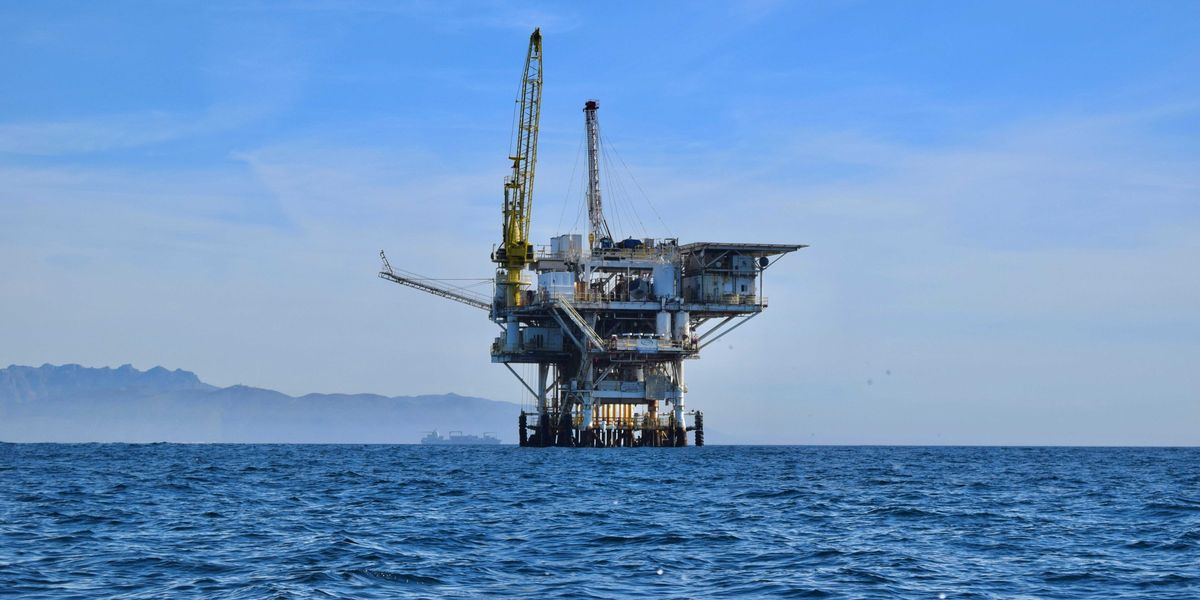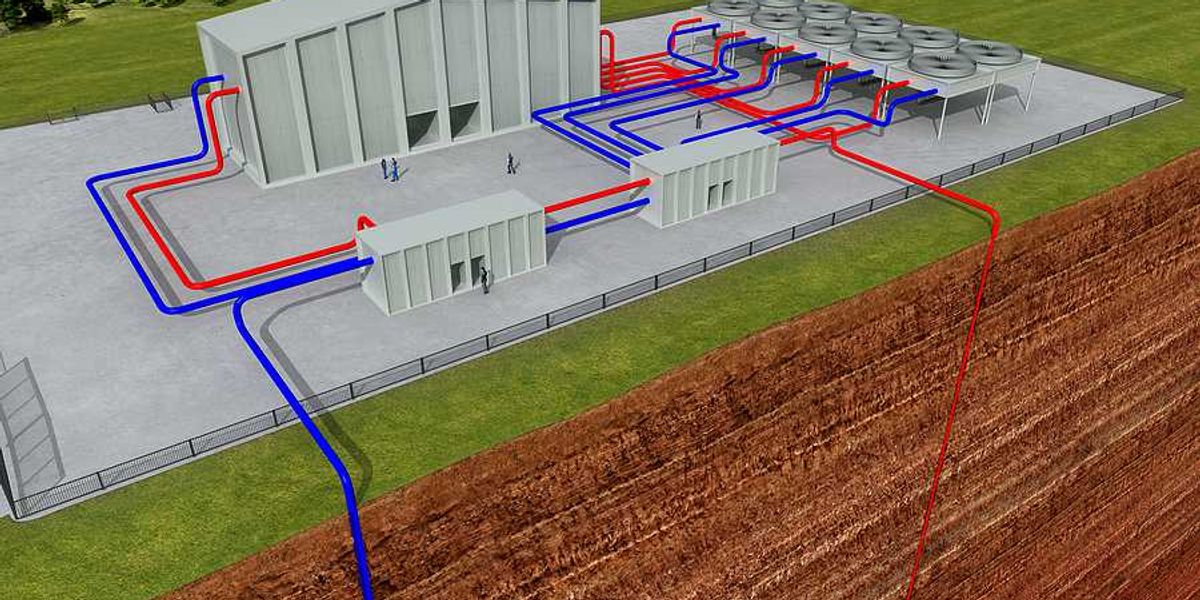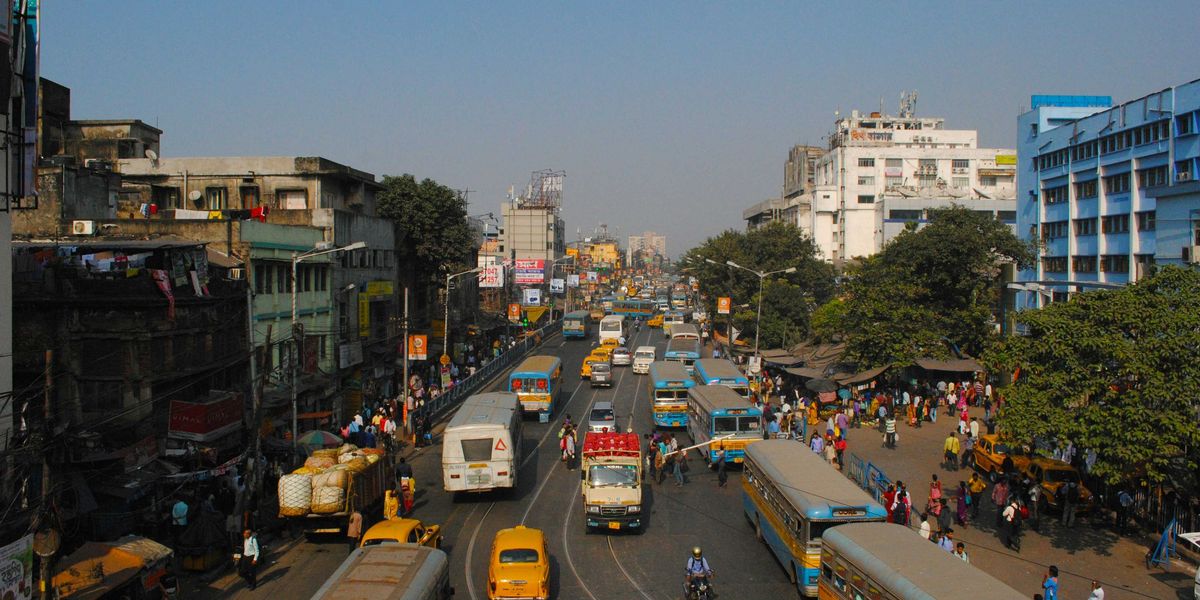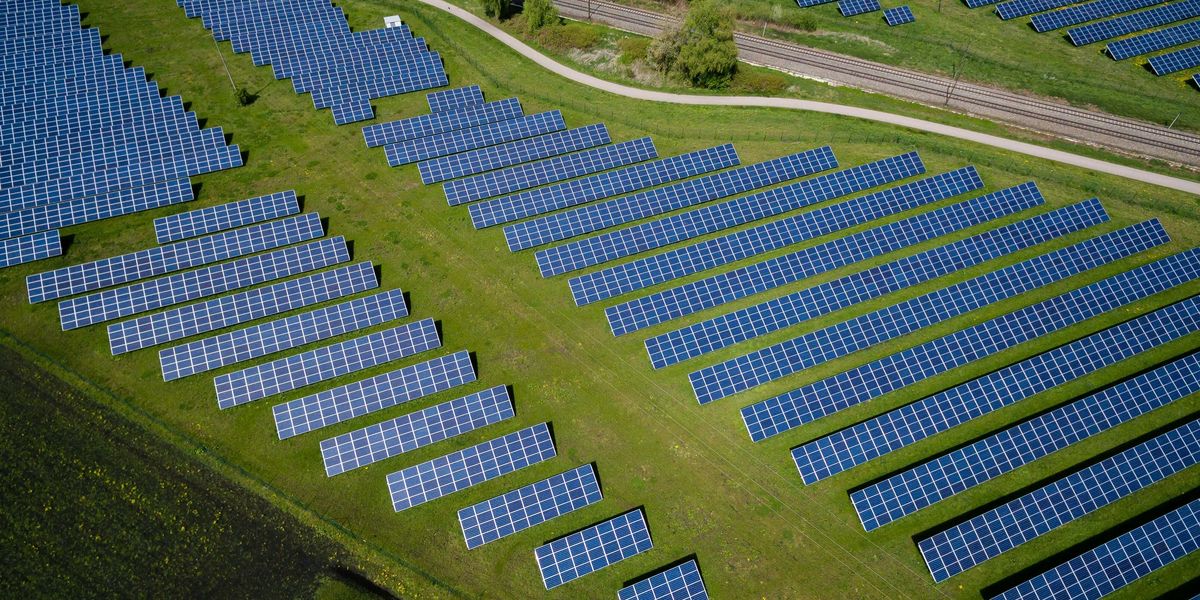Building homes that can survive wildfires
After wildfires tore through Los Angeles in January, attention has turned to a radically simple idea: homes built from the earth beneath our feet.
Nick Aspinwall reports for Atmos.
In short:
- A desert-based nonprofit, CalEarth, is gaining traction for its “SuperAdobe” homes — structures built from soil-filled tubes that are fire-resistant, earthquake-resilient, and centuries-old in design.
- Recent fires in California, including the Eaton and Palisades blazes, destroyed even newly built homes that met modern fire codes, prompting survivors to explore more resilient architecture.
- Despite growing interest, earth homes face regulatory hurdles, lack of trained builders, and supply chain gaps that keep them on the fringe of mainstream construction.
Key quote:
“The [fires] we are seeing are more catastrophic, in much more severe conditions. We need to enter into a new philosophy of actually having construction that is fire resilient and not just ignition resistant.”
— Michele Barbato, co-director of the Climate Adaptation Research Center, University of California, Davis
Why this matters:
As climate-fueled wildfires become more intense, building homes that can survive extreme heat and embers is increasingly urgent. SuperAdobe offers a tested, low-carbon solution. So why aren’t more people living in dirt domes? Blame bureaucracy, outdated building codes, and a construction industry addicted to drywall and debt. It turns out that when the air burns and the ground shakes, time-tested wisdom might just hold the key to protecting homes.
Read more: Disaster by choice: The need to create a culture of warning and safety













